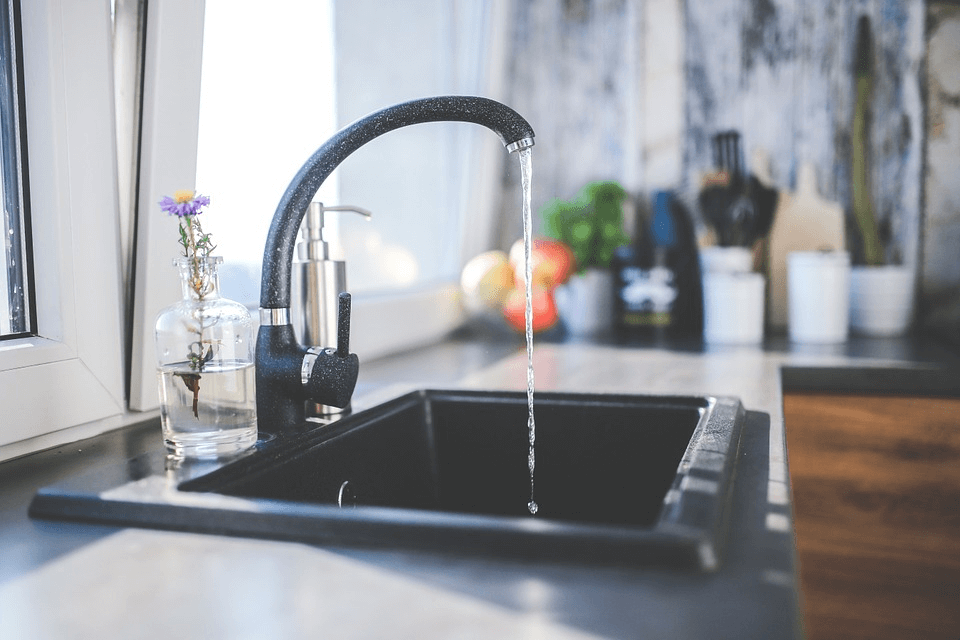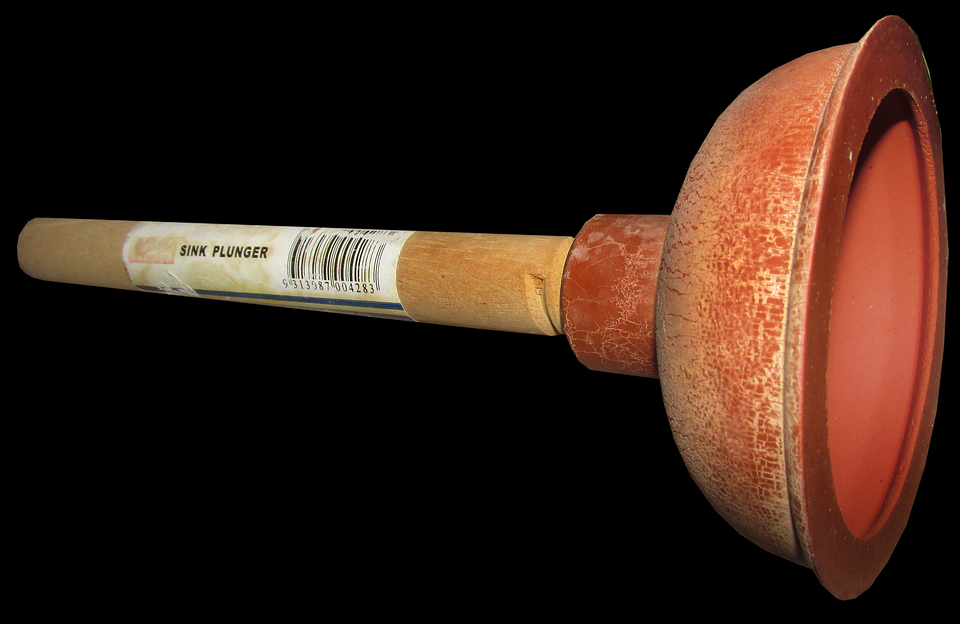Colepepper Plumbing plumber home services often get calls to fix issues that are caused by misguided beliefs and even myths on how plumbing systems work. An easily preventable plumbing problem can escalate to a full-blown emergency in no time if you believed such myths and hold on to habits that will wreak havoc both on your pipes and on your budget. Below are 10 of the most common plumbing myths and the truth behind them.
10 Plumbing Myths Debunked:
Myth 1: It’s OK to Have a Dripping Faucet:
A dripping faucet, according to the United States Environmental Protection Agency, can waste as many as 3,000 gallons of water a year. To give you an even clearer picture, you can take approximately 200 showers with that much water. If you have a dripping faucet, you are essentially paying for 3,000 gallons of water that you don’t use every year. That’s definitely not acceptable.
Myth 2: It’s OK to Throw Oil and Grease Down the Drain:
Some folks mistakenly believe that oil and grease will end up in the sewers even before it solidifies in the drain pipes. The truth, however, is that grease may become solid even before it gets to the main sewer line. Throwing grease down the drain is a sure way of clogging up the drain.
Myth 3: Pouring Hot Water Down the Drain Will Clear Up Blockages:
This is somehow related to the previous myth. There are those who believe that pouring hot water will cause grease blockages to melt and flow straight into the sewers. What this will do is just melt the grease a bit and then spread it down the drain further, causing an even bigger problem as it will spread the clog deeper into the pipes.
Myth 4: Drain Cleaners Do a Better Job Than Hot Water:
Although this may be true to some degree, drain cleaners do more harm than good. Drain cleaners have strong solvents that can eat away at pipes. In time, the clogged pipes will be the least of your problems.
Myth 5: Combination of a Plunger and Drain Cleaners Are Very Effective:
Slow-moving drains can lead to some of the most unwise attempts to clear out a clog. Pouring drain cleaner down the drain and then trying to work at the clog with a plunger can cause serious injuries to you. This should not even be attempted at all.
Myth 6: Toilet Tank Cleaners Help it Perform Better:
Toilet tank drop-in cleaners hardly do anything to make toilets flush better. What is even worse is that it can eat away at some of the more delicate parts of the flushing system, thus causing it to malfunction over time.
Myth 7: Placing a Brick Inside the Toilet Tank Will Help Save Water:
The brick will degrade inside the tank over time and its particles can cause blockages or may cause the flushing system to malfunction. You can just tweak the water level adjustments inside the tank if you want your toilet to use less water to flush.
Myth 8: Ice Cubes Can Sharpen Garbage Disposal Blades:
Your sink’s garbage disposal unit has no blades. However, the ice will help clean its grooves that impel the solid waste down the waste bin.
Myth 9: Flushable Baby Wipes:
These supposedly flushable wipes have been observed in too many cases of clogged toilets. Even some toilet paper brands can cause blockages. It’s better to throw the wipes in the trash can instead.
Myth 10: Toilet Water Spin the Other Way Down in the Southern Hemisphere:
Even if this myth were true, which it’s not, it won’t make your domestic life any better.
Rather than believing these and other myths related to plumbing, it’s better to exercise caution and develops habits that will help keep your home’s plumbing system in good shape. It will also be a good idea to schedule a yearly maintenance inspection by expert plumbers to catch any potential plumbing emergency.
Read Also:

























